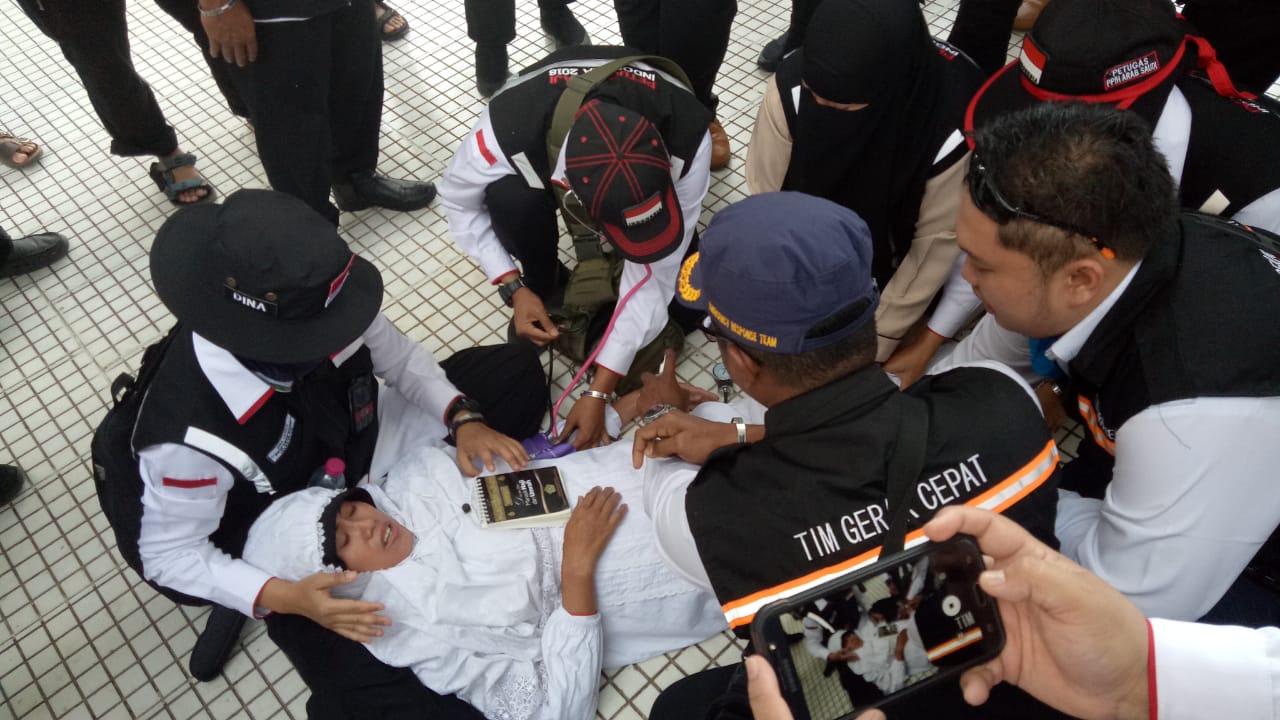UNAIR NEWS – Do you know how the government, in this matter Ministry of Health manage the mobilization of health practitioners in disasters? UNAIR NEWS learns the mobilization of health practitioners in disaster situations by interviewing Anna Kurniati, SKM., MA., PhD., Health Planning and Human Resources Utilization Center (BPPSDMK) staff, Indonesian Ministry of Health who is also an alumna of Universitas Airlangga.
Health practitioners (Nakes) play an important role in building community resilience and health systems in the face of disasters.
“Health practitioners are greatly needed in the event of a disaster, especially for recovery and reconstruction, prevention and mitigation efforts, and preparedness,” Anna said.
According to Anna, one of the challenges in providing health practitioners are the uneven distribution of health practitioners according to needs, difficult access for health practitioners mobilization, inadequate competence of health practitioners in handling health problems due to disasters, and lack of security guarantees and safety for the health practitioners.
The mobilization of health practitioners at the time of disaster is divided into 3 teams, quick response team (on duty within 0-24 hours after information on disaster events), Rapid Health Assessment team (RHA) followed up within 24 hours, and the health assistance team (sent based on the needs of the quick response team report and the RHA team).
The quick response team consists of general practitioners, surgeons, anesthesiologists, advanced nurses (surgical / emergency), pharmacists, ambulance drivers, epidemiologists / sanitarians and communicators. The RHA team consists of general practitioners, epidemiologists, sanitarians. While the health assistance team consists of general practitioners, pharmacists & assistant pharmacists, advanced nurses, nurses, midwives, sanitarians, nutritionists, surveillance staff, and entomologists.
“Mobilization of health practitioners is carried out if the problems due to disasters require assistance from other regions or country, the formation of a quick response team, RHA team and health assistance team at the district / city, provincial and central levels,” explained Anna.
Practitioners mobilization must be carried out based on the needs in the field by considering the availability of transportation equipment, assistance for life provision and equipment, coordination of assistance in accordance with qualifications / competencies, the existence of a replacement system in assignments, and for mobilization of health practitioners between region / province level must be adjusted to the medical referral network.
The steps of mobilizing health human resources carried out by the government are started with alerting health human resources assigned to disaster areas, informing disaster events and requesting assistance through administrative channels and medical referral flow, flexibility in determining the needs of numbers, types, qualifications of health practitioners, types of disasters, the extent of affected areas, the number of affected people and the severity of disasters and their consequences.
“Assessment and mobilization of health practitioners quickly have an important impact on preventing the disaster severity,” said Anna.
Author: Siti Mufaidah
Editor: Nuri Hermawan





